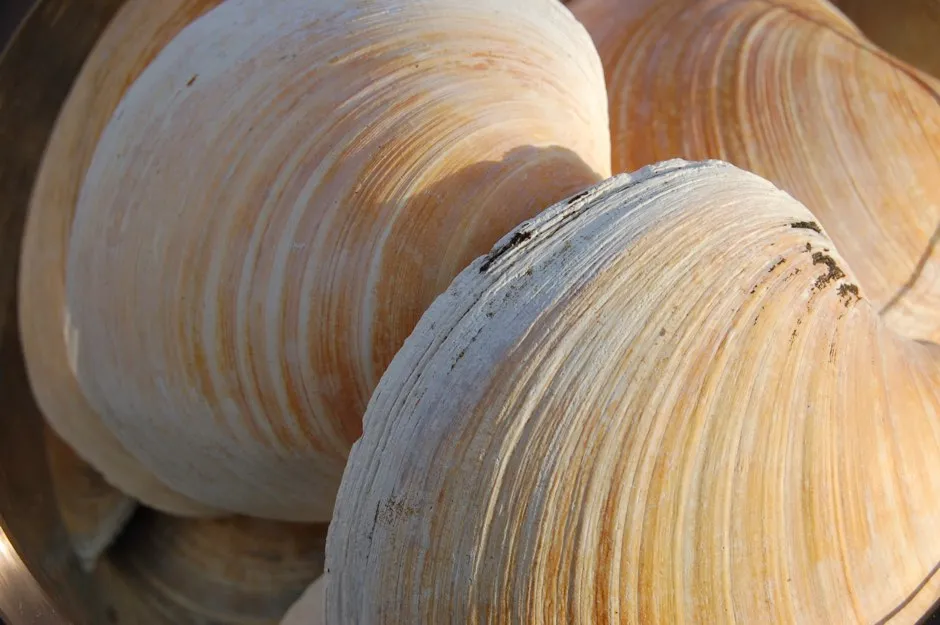Arctic sea ice cannot “quickly bounce back” if climate change causes it to melt, new research suggests.
Scientists used the shells of quahog clams, which can live for hundreds of years, and climate models to discover how Arctic sea ice has changed over the last 1,000 years.
They found sea ice coverage shifts over timescales of decades to centuries, so shrinking ice cannot be expected to return rapidly if climate change is slowed or reversed.
The study examined whether past ice changes north of Iceland were “forced” – caused by events such as volcanic eruptions and variations in the sun’s output – or “unforced”, which are part of a natural pattern.
At least a third of past variation was found to be “forced” – showing the climate system is “very sensitive” to such driving factors, according to lead author Dr Paul Halloran, of the University of Exeter.
Read more about how climate change is affecting the Arctic:
- Year-long expedition departs for Arctic to study climate change
- Could we move polar bears to Antarctica to prevent their extinction?
- Last year’s extreme snowfall wiped breeding of plants and animals in a region of the Arctic
- Greenland ice melt putting 40 million people at greater risk than previously thought
“There is increasing evidence that many aspects of our changing climate aren’t caused by natural variation, but are instead ‘forced’ by certain events,” he said.
“Our study shows the large effect that climate drivers can have on Arctic sea ice, even when those drivers are weak, as is the case with volcanic eruptions or solar changes.
“Today, the climate driver isn’t weak volcanic or solar changes – it’s human activity, and we are now massively forcing the system.”
Quahog clams are thought to be the longest-living non-colonial animal on Earth, and their shells produce growth rings which can be examined to measure past environmental changes.

Co-author Professor Ian Hall, from Cardiff University, added: “Our results suggest that climate models are able to correctly reproduce the long-term pattern of sea ice change.
“This gives us increased confidence in what climate models are telling us about current and future sea ice loss.”
When there is lots of sea ice, some of this drifts southwards and, by releasing fresh water, can slow the North Atlantic Ocean circulation.
This brings warm water from the tropics towards the Arctic, so slowing it down cools this region and allows sea ice to grow further.
– The study, Natural drivers of multidecadal Arctic sea ice variability over the last millennium, is published in the journal Scientific Reports.
Reader Q&A: Could we live on Antarctica and Greenland if all the ice melted?
Asked by: Joe Elliott, Nottingham
If both ice sheets melted, the global sea level would rise by about 68m. This would put most of Europe underwater, along with large parts of Asia, Canada and South America. Greenland and Antarctica are currently both pushed downwards by the weight of the ice on top.
Once it melted, the land would eventually spring back, but this would take tens of thousands of years. In the meantime, Antarctica would resemble a mountainous archipelago like Australasia, and Greenland would be a central bowl below sea level, defended by a ring of mountains. With a warmer climate, there would definitely be some room for human settlement, but Antarctica is geologically very similar to the Andes so it’s never going to be prime real estate.
Read more:

